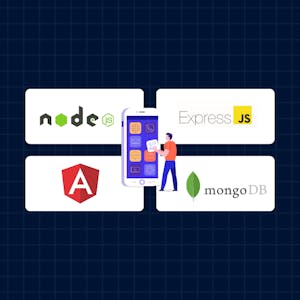Supervised Machine Learning: Classification
About this Course
This course introduces you to one of the main types of modeling families of supervised Machine Learning: Classification. You will learn how to train predictive models to classify categorical outcomes and how to use error metrics to compare across different models. The hands-on section of this course focuses on using best practices for classification, including train and test splits, and handling data sets with unbalanced classes. By the end of this course you should be able to: -Differentiate uses and applications of classification and classification ensembles -Describe and use logistic regression models -Describe and use decision tree and tree-ensemble models -Describe and use other ensemble methods for classification -Use a variety of error metrics to compare and select the classification model that best suits your data -Use oversampling and undersampling as techniques to handle unbalanced classes in a data set Who should take this course? This course targets aspiring data scientists interested in acquiring hands-on experience with Supervised Machine Learning Classification techniques in a business setting. What skills should you have? To make the most out of this course, you should have familiarity with programming on a Python development environment, as well as fundamental understanding of Data Cleaning, Exploratory Data Analysis, Calculus, Linear Algebra, Probability, and Statistics.Created by: IBM

Related Online Courses
This course will give you an introduction to bacteria and chronic infections. Leading experts in the field will make you familiar with the fundamental concepts of microbiology and bacteriology such... more
In this hands-on specialization, you\'ll learn to build interactive, scalable, and fast web applications using the MEAN stack. It consists of three comprehensive courses:\\n\\n1. Frontend... more
Prepare for a career in the field of quality and process improvements and learn in-demand skills like Lean and Six Sigma methodologies and the DMAIC framework to get job-ready in less than 4... more
This comprehensive course will guide students through the process of building a complete web application using MongoDB, Express.js, AngularJS, and Node.js. In the first module, you will explore the... more
Embark on a transformative journey through the digital landscape with our comprehensive course on Digital Transformation and Persuasive Technologies. Explore the intricate dynamics of social media... more








